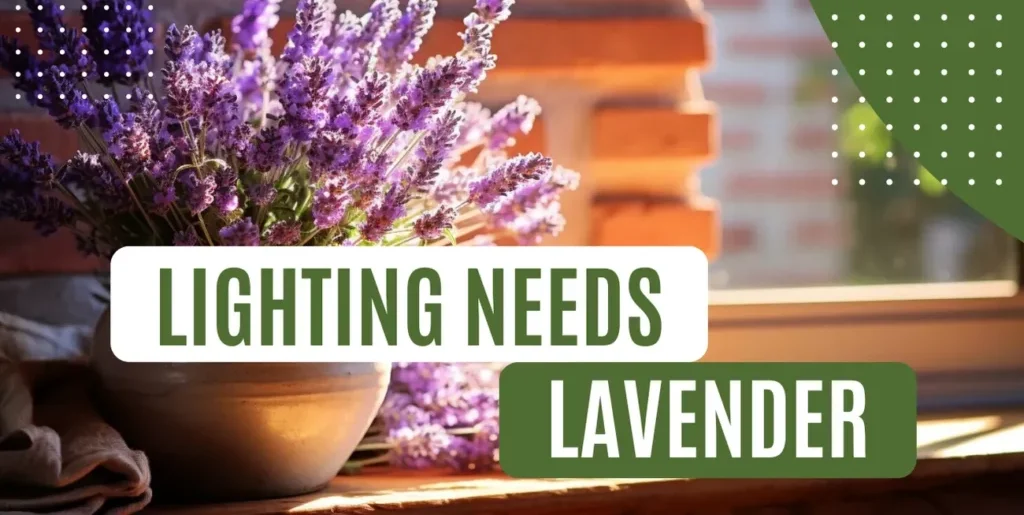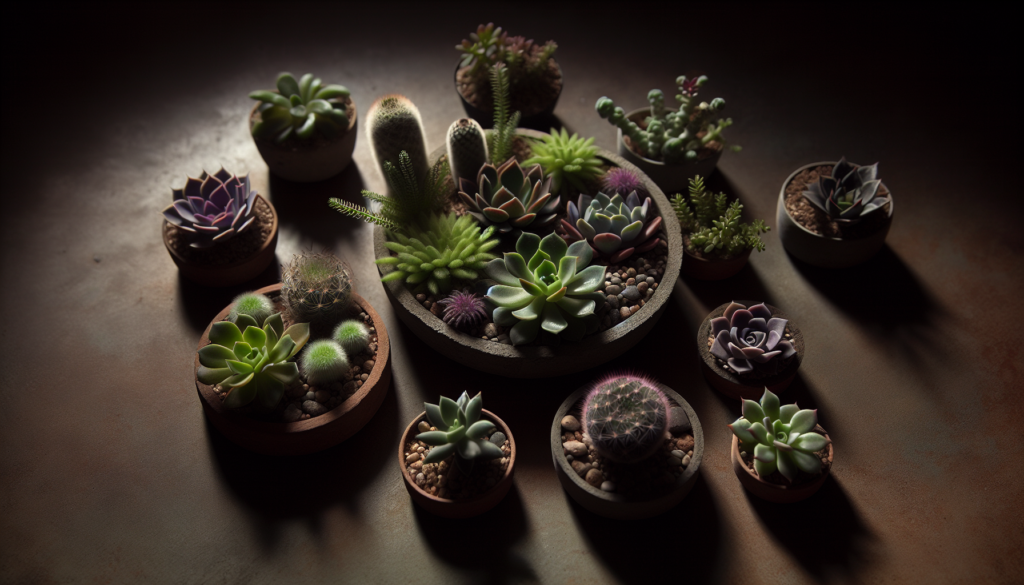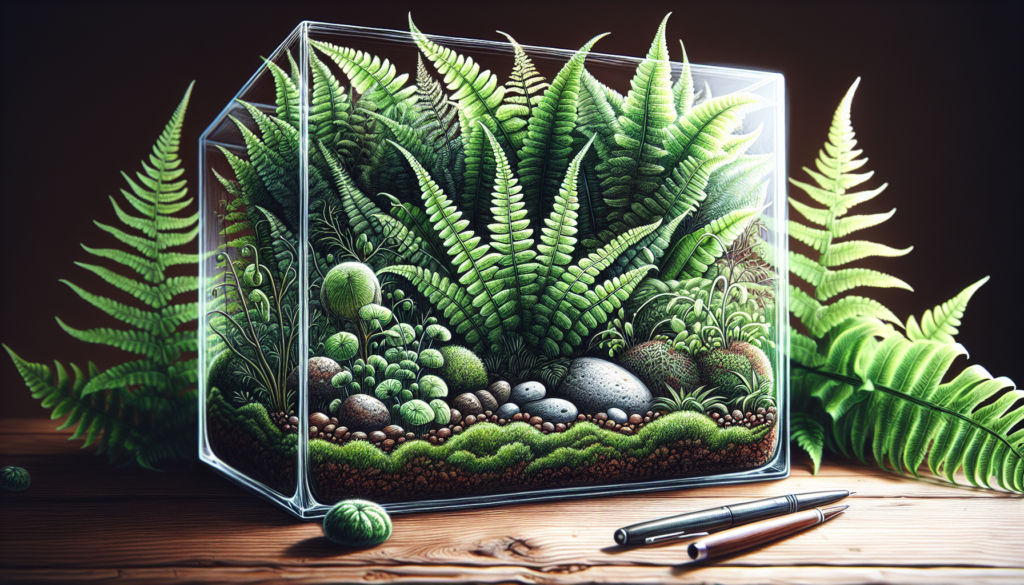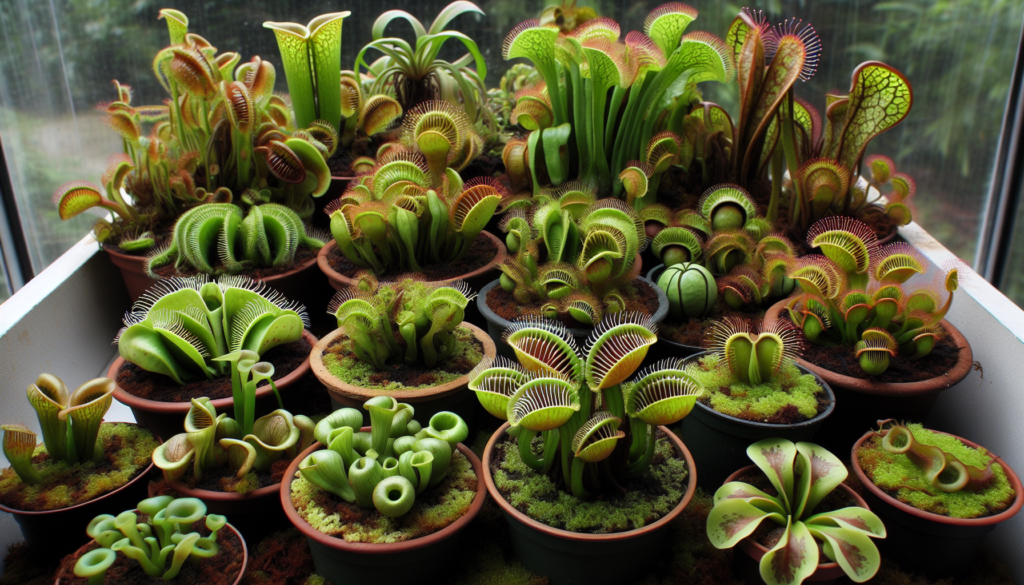Lavender plants require full sun, meaning at least 6 to 8 hours of direct sunlight per day, to thrive.
This comprehensive guide on lavender lighting needs highlights the importance of proper sunlight for optimal growth, energy production, photosynthesis, and essential oil production.
It offers insights into lavender’s sunlight requirements for both outdoor and indoor cultivation, aiming to equip enthusiasts with the knowledge to enhance their plant’s growth through optimized sunlight exposure.
The Importance of Sunlight for Lavender
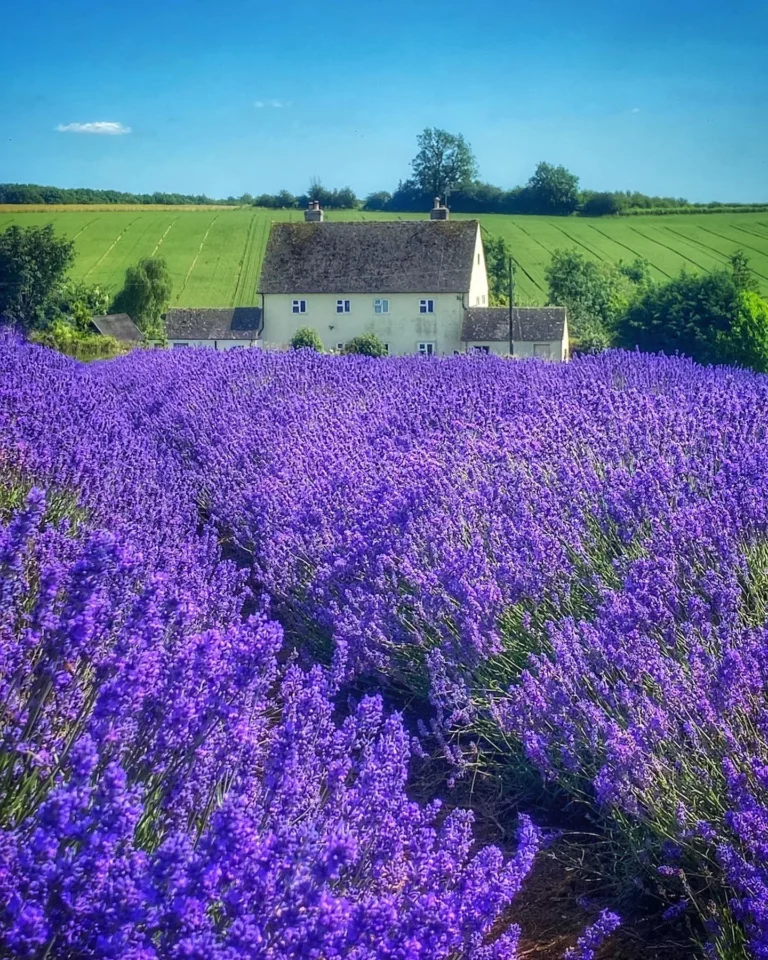
Lavender, a beloved and versatile herb, flourishes when basked in the warm glow of full sunlight. It is important to provide your lavender plants with a minimum of 6-8 hours of direct sunlight each day to ensure their optimal growth and development.
Sunlight plays a vital role in the energy production process of lavender, known as photosynthesis. Through this process, sunlight enables the plants to convert carbon dioxide and water into sugars, which are essential for their growth and flowering.
Without sufficient sunlight, lavender may experience stunted growth, reduced vigor, and a lack of blooming. So, make sure to give your lavender ample exposure to sunlight to witness its full potential.
In addition to fueling growth, sunlight also helps regulate moisture levels in lavender plants. By shining bright on the leaves, sunlight helps evaporate excess moisture, preventing the accumulation of water droplets that can attract fungal diseases.
This natural drying effect keeps the foliage dry and healthier, reducing the risk of common lavender ailments.
With its numerous benefits, there’s no denying the importance of sunlight in promoting the well-being of your lavender plants.
So, be sure to find a sunny spot in your garden or select a suitable location indoors where your lavender can soak up the sun for a significant portion of the day.
Sunlight Requirements for Outdoor Lavender
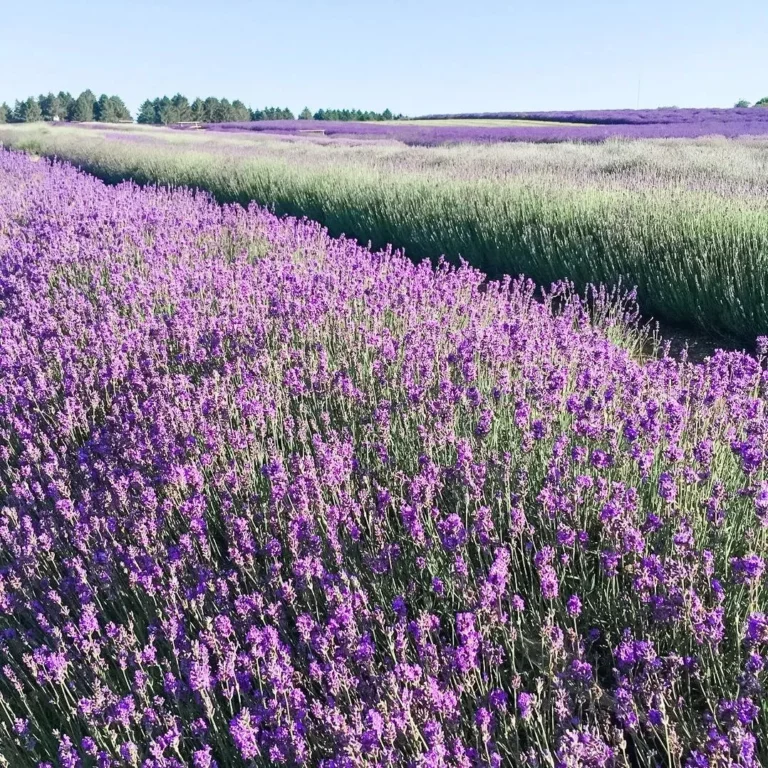
Outdoor lavender plants require 6-8 hours of direct sunlight daily. They prefer unobstructed southern exposure to maximize sunlight absorption.
While a little afternoon shade in hot climates can be beneficial, excessive shade can hinder lavender’s growth and flower production. Lavender is native to the sunny slopes of the Mediterranean, where it thrives in intense sunlight and well-drained, rocky soils.
Sunlight Requirements for Indoor Lavender
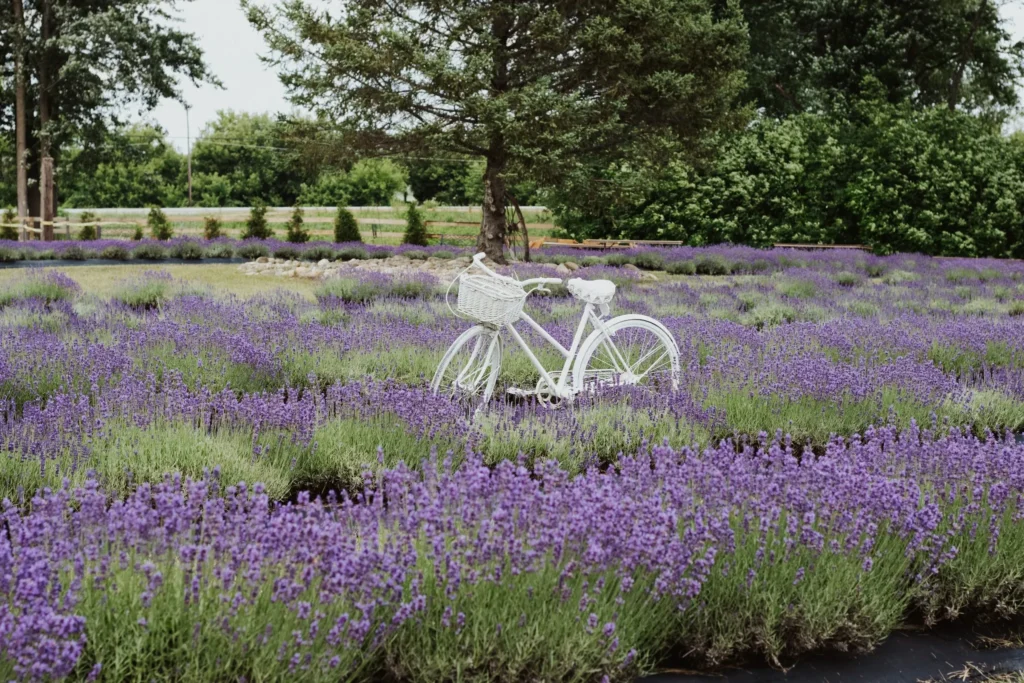
When growing lavender indoors, it’s essential to provide the right amount of sunlight to ensure its healthy growth. While south-facing windows offer the optimal light exposure, east or west-facing windows can also provide sufficient sunlight for your indoor lavender plants.
If your natural light source is limited or you don’t have access to suitable windows, don’t worry! You can still meet the sunlight requirements of indoor lavender by using grow lights. These artificial lights are designed to mimic the intensity and duration of natural daylight.
To provide the best conditions for your indoor lavender, set your grow lights to be on for around 14-16 hours a day during the growing season. This duration and intensity of light exposure will replicate the natural daylight hours and promote healthy photosynthesis and growth.
Maximizing Sunlight Exposure
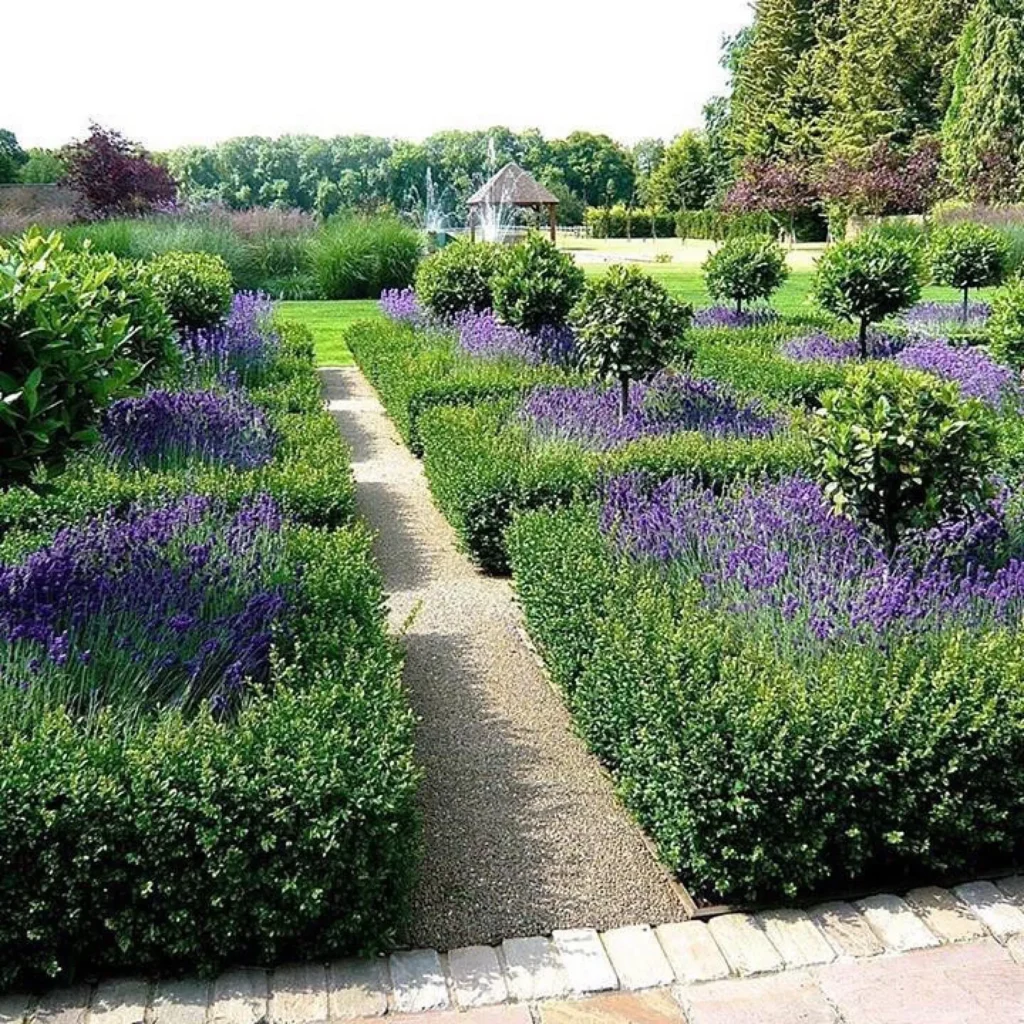
To maximize sunlight exposure for your lavender plants, it is essential to choose the right location in your garden. Position the plants in the most open, south-facing areas where they can receive ample sunlight.
This ensures that trees, shrubs, structures, or buildings do not cast shade on your lavender, hindering its growth and development.
Proper spacing between lavender plants is also crucial in maximizing sunlight exposure. Avoid overcrowding them, as this can lead to shading as they grow. Give each plant enough room to spread out and bask in the sunlight.
Another effective way to optimize sunlight absorption is by regularly rotating your lavender plants. By turning them, all sides of the plant can receive equal sun exposure.
This simple practice ensures that no part of your lavender is left in the shade, maximizing its uptake of sunlight.
Sunlight Considerations for Cloudy Regions

In regions with frequent cloudy weather, like the Pacific Northwest, lavender enthusiasts face unique challenges in providing adequate sunlight for their plants.
Despite the lack of consistent direct sun, there are still ways to grow lavender successfully in these cloudy regions.
Choosing the Right Lavender Varieties
When selecting lavender varieties for cloudy regions, it is essential to choose those that can tolerate reduced sunlight. Varieties such as ‘Hidcote’, ‘Royal Velvet’, or Spanish lavender are better suited for these conditions.
These varieties have shown resilience in cloudy regions and can still thrive with less direct sunlight. However, it’s important to note that even in the cloudiest regions, they still require a minimum of 3 hours of direct morning and afternoon sun for optimal growth.
Spacing and Air Circulation
Another consideration for lavender in cloudy regions is to ensure adequate spacing and improved air circulation. Placing the plants with enough distance between them allows for better light penetration and airflow, helping to compensate for the limited sunlight.
Proper spacing can prevent the plants from shading each other, ensuring that each plant receives enough light for healthy growth.
Optimizing Sunlight Exposure
In cloudy regions, it’s important to make the most of the available sunlight. Positioning lavender plants in the sunniest spots of your garden or yard can help maximize the sunlight exposure they receive.
Look for areas that are less likely to be shaded by structures, trees, or other plants. By strategically placing your lavender plants, you can optimize their access to sunlight and improve their chances of thriving despite the cloudy conditions.
Sunlight and Essential Oil Production
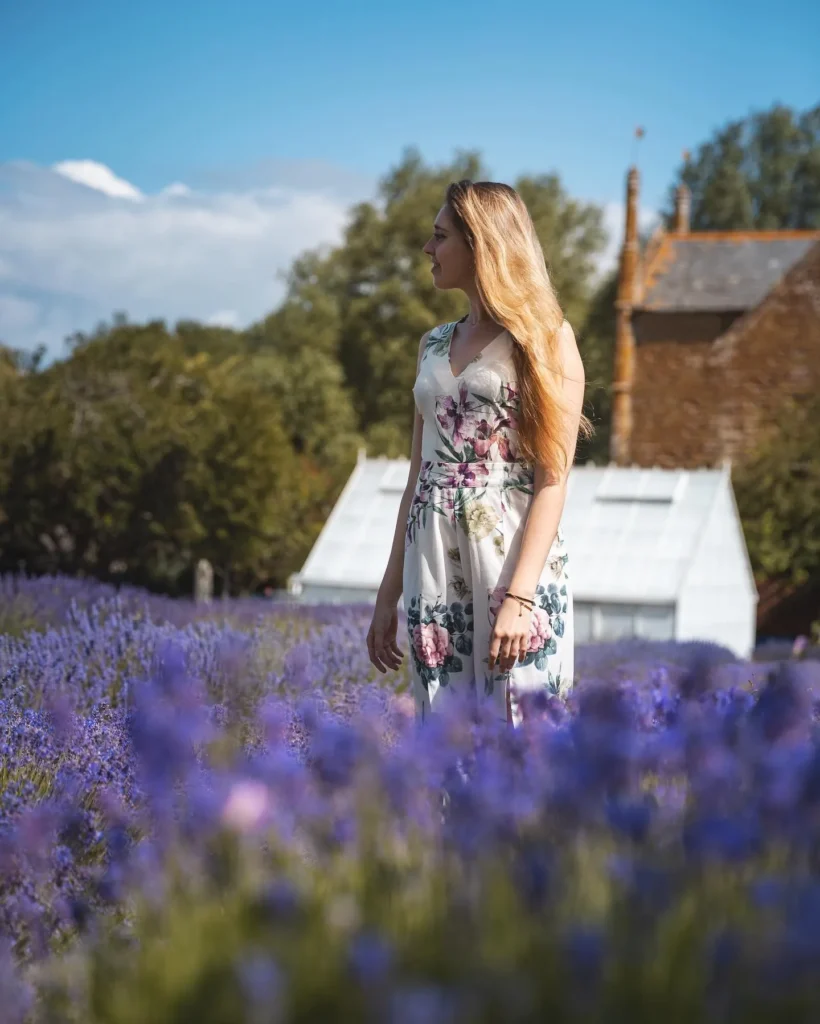
Did you know that sunlight exposure directly affects the production of essential oils in lavender flowers? The compounds responsible for that heavenly lavender fragrance, such as linanools and lavandulols, actually depend on sunlight for their synthesis.
Without sufficient sunlight, lavender may experience reduced oil production, which can impact its overall fragrance. To ensure your lavender plants are bursting with aromatic oils, it’s important to provide them with the right amount of sunlight.
Lavandin varieties, such as ‘Grosso’, ‘Phenomenol’, and ‘Provence,’ are especially known for their high essential oil content and intense fragrance. These varieties thrive when they receive ample sunlight, allowing them to produce an abundance of fragrant oils.
So, by optimizing the amount of sunlight your lavender plants receive, you can enhance the production of essential oils and enjoy the captivating lavender fragrance that fills the air.
Preventing Disease with Sunlight
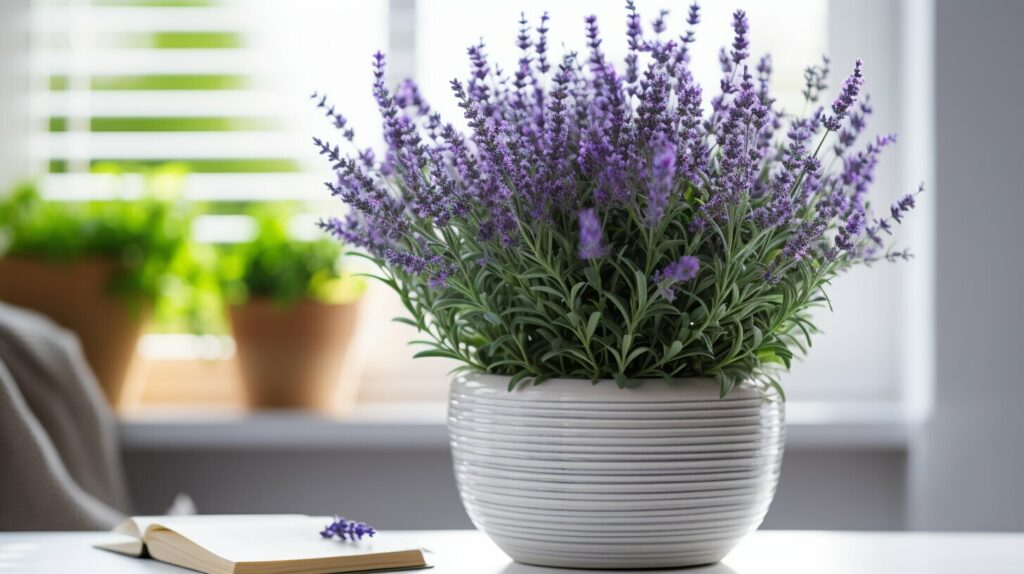
Direct sunlight is essential for maintaining the health and vitality of your lavender plants. It plays a crucial role in preventing diseases by minimizing excess moisture and humidity on the leaves, which are often the primary culprits behind common lavender ailments.
By keeping the foliage dry, sunlight helps create an unfavorable environment for fungal pathogens, ensuring that your lavender stays strong and disease-free.
One of the main benefits of sunlight is that it reduces moisture accumulation on the leaves. Excessive moisture can lead to the development of fungal diseases, such as powdery mildew or gray mold.
These diseases can hinder the growth and overall well-being of your lavender plants if left untreated. However, by allowing sunlight to penetrate the leaves and evaporate any moisture, you can greatly reduce the risk of these diseases.
Not only does sunlight help keep the leaves dry, but it also prevents the soil surface from becoming waterlogged. Lavender plants prefer well-drained soil and can suffer from root rot or other root-related issues if the soil remains excessively wet.
Sunlight helps evaporate any excess moisture in the soil, maintaining the optimal moisture balance and preventing water-related diseases.
To optimize the disease-preventing benefits of sunlight, ensure that your lavender plants receive ample exposure throughout the day. Position them in an area with unobstructed sunlight, away from trees, shrubs, or structures that may cast shade.
Proper spacing between plants is also essential to allow sunlight to reach all parts of the lavender, promoting good air circulation and minimizing the risk of diseases.
Solar Aspect and Planting Considerations
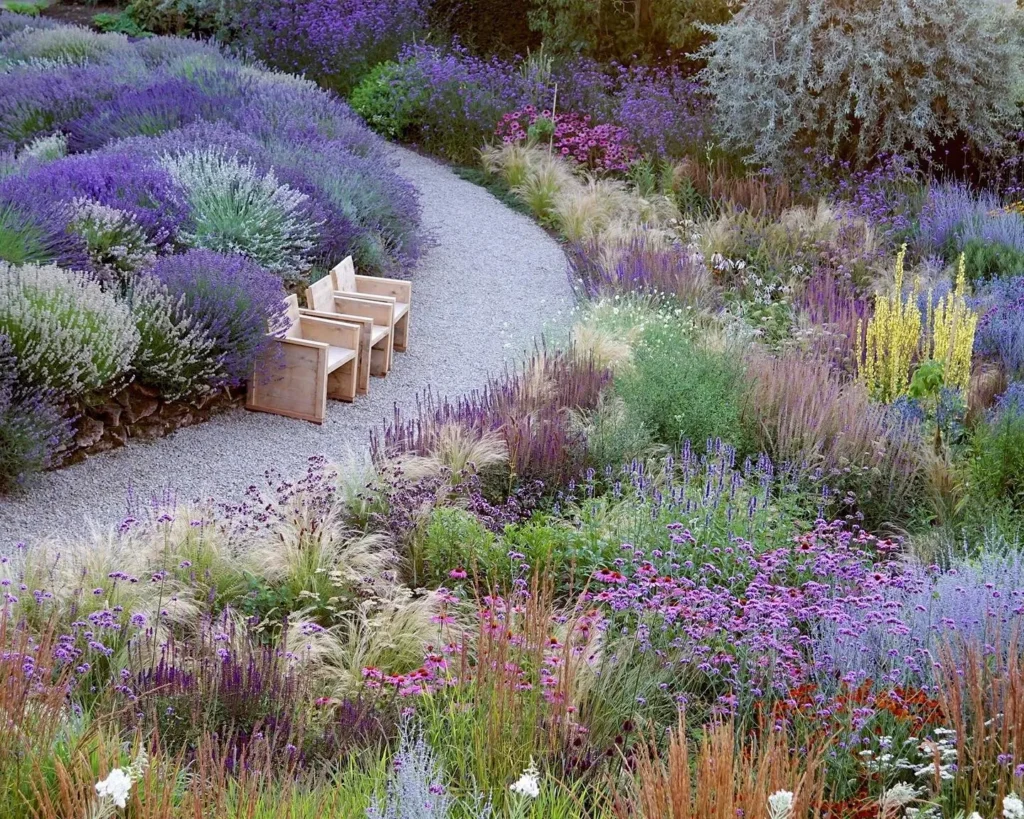
Before planting lavender, it is important to consider the solar aspect of your garden. Understanding how the sun moves across the sky and the potential shading from structures or nearby trees is crucial.
Lavender plants prefer south-facing areas that receive the most sunlight and are not shaded by other plants. This solar aspect provides the ideal conditions for their growth and development.
Proper spacing is also important to ensure each lavender plant receives adequate sunlight exposure. This helps prevent shading as the plants grow and allows for optimal absorption of sunlight.
Partial Shade Tolerant Varieties
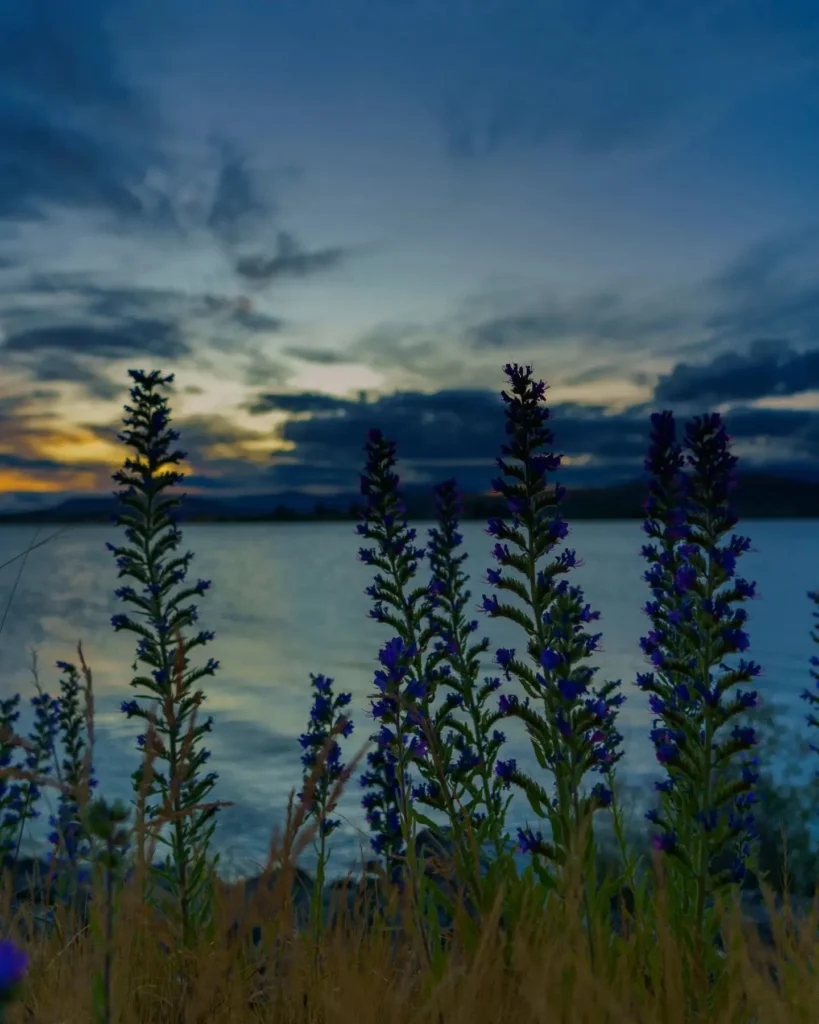
While lavender prefers full sun, there are some varieties that can tolerate partial shade to a certain extent. These partial shade tolerant lavender varieties offer flexibility for gardeners who have areas in their gardens with moderate amounts of shade.
Remember, even these varieties still require a minimum of 6 hours of direct sunlight per day for optimal growth.
Spanish Lavender
Spanish Lavender (Lavandula stoechas) is known for its unique bracts that resemble rabbit ears. This variety is more tolerant of shade and can handle some filtered sunlight.
However, to ensure the best performance and abundant blooms, it still needs at least 6 hours of direct sunlight each day. Spanish Lavender is a popular choice for its vibrant purple flowers and impressive fragrance.
French Lace Lavender
French Lace Lavender (Lavandula dentata) is another shade-tolerant variety. It features finely serrated, gray-green leaves and delicate pinkish-purple flowers.
Although it can tolerate some shade, it still requires a minimum of 6 hours of direct sunlight for optimum growth. French Lace Lavender is prized for its unique foliage and sweet fragrance, making it a charming addition to any garden.
When growing these partial shade tolerant varieties, it’s essential to find a balance between shade and sunlight. Too much shade can adversely affect the vigor and flower production of lavender plants.
Aim for a location that provides partial shade during the heat of the day while still allowing the plants to receive a few hours of direct sunlight.
Special Considerations for Colder Climates
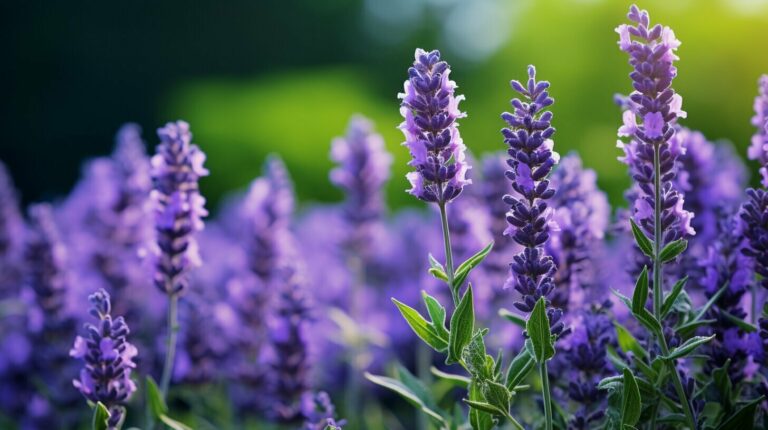
In colder climates or when growing lavender in containers, it’s important to take special care of your plants. During the plant’s dormancy period, the sunlight requirements may vary.
Lavender plants in colder climates may not need as much sunlight during winter, but it’s still crucial to provide adequate light during the growing season.
If you’re growing lavender in containers in colder climates, you have the flexibility to bring them indoors when temperatures drop. Find a sunny spot near a south-facing window or use grow lights to provide sufficient light for your lavender plants.
Remember, even though they’re indoors, they still need access to sunlight.
When growing lavender in colder climates outdoors, it’s important to provide additional protection during the winter months. Using garden covers or wrapping the plants with burlap can help insulate them from the cold and prevent damage.
These precautions will help ensure the health and vitality of your lavender plants in colder climates.
Conclusion
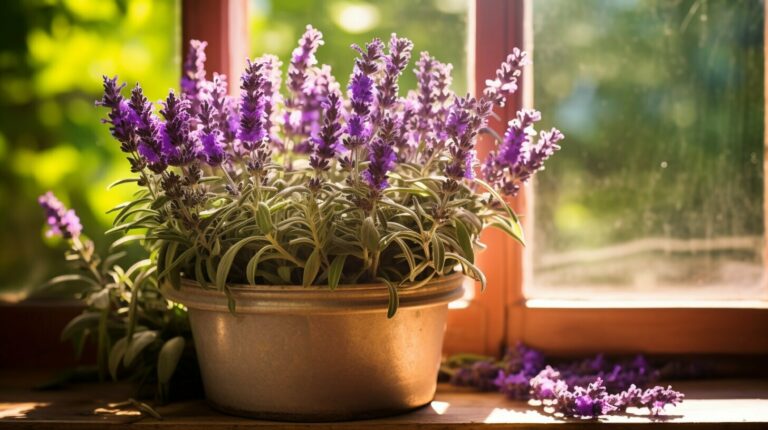
Optimizing lavender growth and achieving vibrant blooms requires attention to its lighting needs. Lavender thrives when exposed to a minimum of 6-8 hours of direct sunlight each day.
Adequate sunlight is essential for promoting photosynthesis, which provides the energy needed for robust growth and optimal flower production.
By ensuring that your lavender plants have ample access to sunlight, you can also enhance the production of its fragrant essential oils. These oils contribute to the unique aroma that lavender is known for and are synthesized through the sunlight-driven process.
Additionally, sunlight plays a vital role in preventing diseases by reducing moisture accumulation on the leaves and creating an unfavorable environment for fungal pathogens.
Whether you choose to grow lavender outdoors or indoors, providing the right amount of sunlight is crucial. For outdoor lavender, select a location that offers unobstructed southern exposure to maximize sunlight absorption.
Indoor lavender can thrive near south-facing windows, or with the help of grow lights that mimic natural daylight. By understanding the specific sunlight requirements of lavender and taking the necessary steps to optimize its access to light, you can create the ideal conditions for robust growth and breathtaking blooms.
FAQ
Q: What kind of lighting does lavender require?
A: Lavender plants require full sunlight and a minimum of 6-8 hours of direct sunlight per day.
Q: Why is sunlight important for lavender?
A: Sunlight is essential for lavender’s energy production through photosynthesis. It helps the plant create sugars needed for growth and flowering.
Q: How much sunlight do outdoor lavender plants need?
A: Outdoor lavender plants require 6-8 hours of direct sunlight daily and prefer unobstructed southern exposure.
Q: What about indoor lavender? How much sunlight does it need?
A: Indoor lavender relies on south-facing windows to receive the most light. East or west-facing windows can also provide sufficient sunlight.
Q: Can I use grow lights for indoor lavender?
A: Yes, if natural light is limited, grow lights can be used to supplement the sunlight needs of indoor lavender.
Q: How can I maximize sunlight exposure for lavender?
A: It is recommended to position the plants in open, south-facing areas of the garden and ensure proper spacing between plants.
Q: What should I consider if I live in a cloudy region?
A: In regions with frequent cloudy weather, it is advisable to choose lavender varieties that can tolerate reduced sunlight.
Q: Does sunlight affect the production of essential oils in lavender?
A: Yes, sunlight directly affects the production of essential oils in lavender flowers.
Q: Can sunlight help prevent lavender diseases?
A: Yes, sunlight plays a crucial role in preventing lavender diseases by reducing moisture and humidity on the leaves.
Q: What should I consider when planting lavender?
A: Before planting lavender, consider the solar aspect of the garden and choose south-facing areas that receive the most sunlight.
Q: Can lavender tolerate partial shade?
A: Yes, there are some lavender varieties that can tolerate partial shade to a certain extent.
Q: Are there any special considerations for growing lavender in colder climates?
A: In colder climates or when growing lavender in containers, additional light sources may be needed to compensate for reduced sunlight availability.

